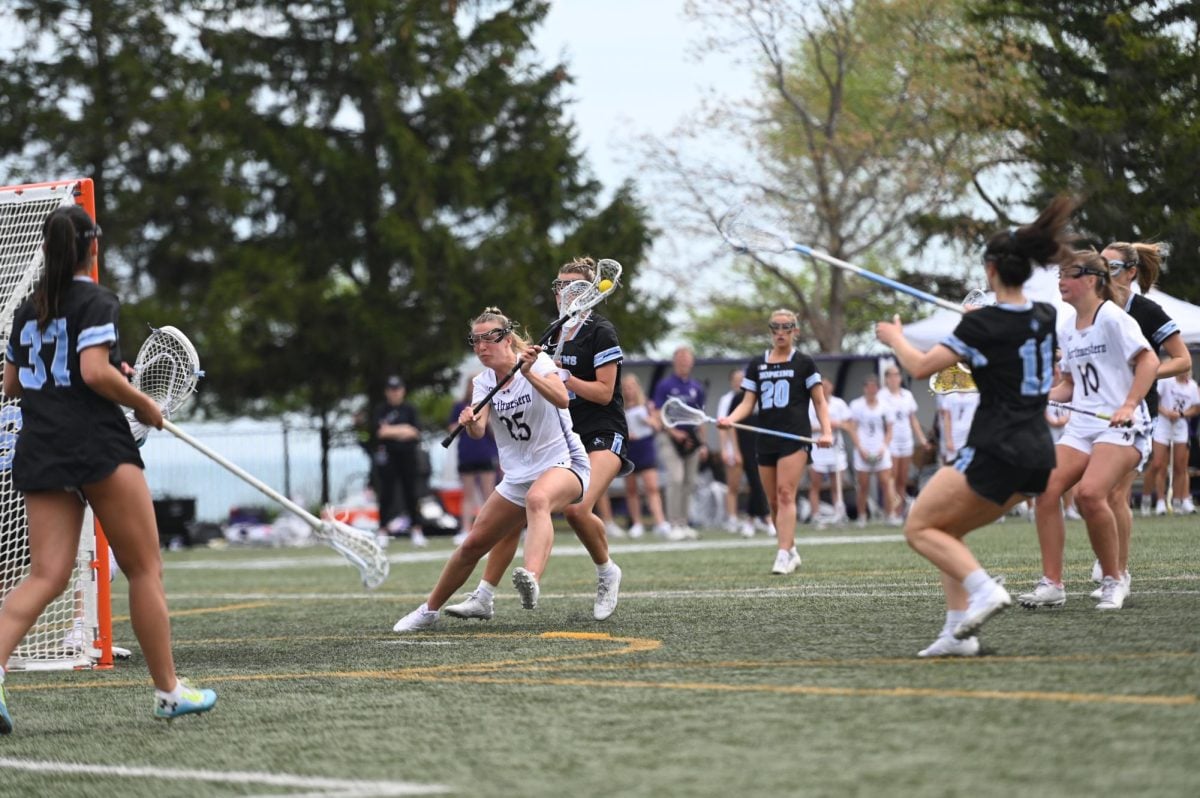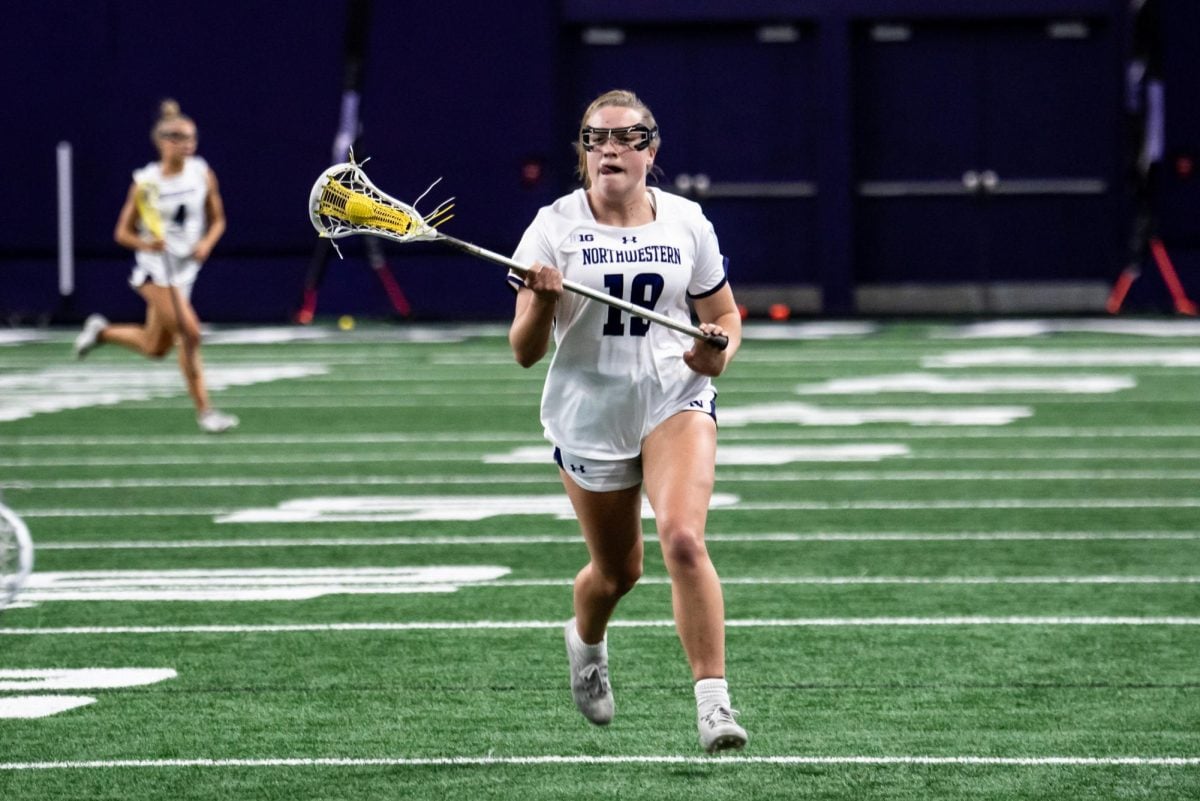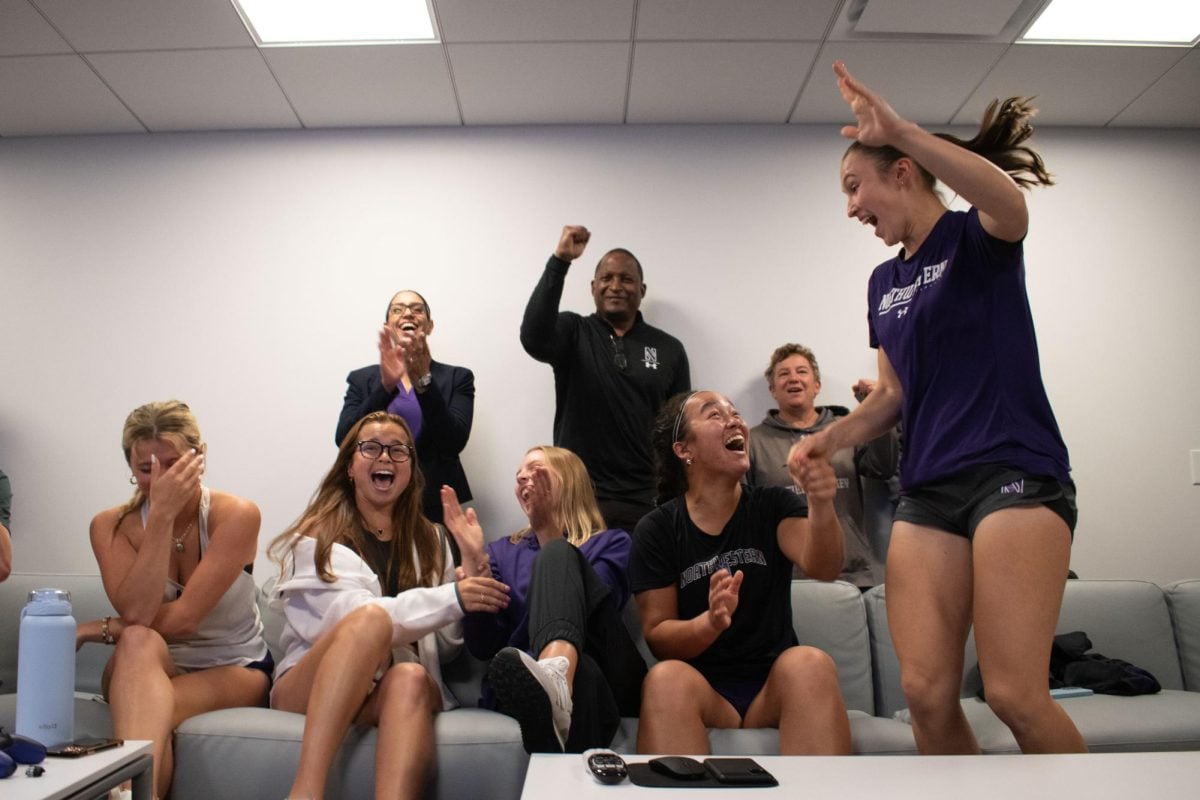Eleven years in and the jury is still out on Bill Carmody. Returning most of a 20-win team from a season ago, this year’s team has managed fewer wins in conference play, failed to improve defensively and over the course of the season defeated only two opponents ranked in Ken Pomeroy’s top 50. It’s not surprising the wisdom of Carmody’s contract extension has been called into question.
Numbers won’t get you far in this debate or in evaluating coaching in general. Evaluating coaches by their win/loss records is the simplest approach, but this “buck-stops-here” approach to coaching places all blame (or credit) on the coach when we know that isn’t the case.
A substantial component of this year’s basketball record reflects Bill Carmody’s coaching, but a weak non-conference schedule, John Shurna’s injuries and random chance have also impacted the team’s record. Even worse is that the win/loss record doesn’t clarify much. In his 11 seasons at NU, Carmody has won 47 percent of his games, the highest of any of the last five NU coaches. Last year’s 20 wins set the program record.
Framed one way, the numbers indicate good coaching, Carmody is better than anyone NU has had in a while. In a different light, it’s damning him with faint praise. Given NU’s long-term struggles, the program average isn’t the toughest bar to pass.
In an attempt to isolate some measure of coaching ability separate from win/loss record, I took a method used by Dean Oliver in his excellent book, “Basketball on Paper.” I examined the performances of current Big Ten coaches in conference play with a formula known as the Pythagorean Expectation.
This formula uses a team’s points scored and points allowed to predict its winning percentage. I use the difference between the team’s actual and projected performance as a measure of coaching ability. If a team wins more games then the formula predicts, this seems to indicate good coaching; fewer games than expected means the opposite.
In this evaluation Bill Carmody comes out looking decent. He ranks sixth of the 11 Big Ten coaches. The formula also suggests that this season NU has a higher conference winning percentage than points scored and points allowed would suggest.
Carmody ranks behind several of the Big Ten’s top coaches, like Wisconsin’s Bo Ryan, Michigan State’s Tom Izzo and Ohio State’s Thad Matta, but ahead of other big names, including Minnesota’s Tubby Smith and Illinois’ Bruce Weber.
This approach suffers problems associated with looking at wins and losses. The difference between the prediction and reality isn’t due exclusively to coaching. The presence of mostly good teams in the top brackets suggests that having quality players also helps win more games than they should per the formula.
Arguments for and against keeping Carmody on aren’t likely to sway those who have already made up their minds. In part, the divide in attitudes toward Carmody stems from different opinions about the potential ceiling for NU basketball. The past few years have seen the Cats move a few spots above last place in the Big Ten. Carmody’s best Big Ten finish at NU was fifth in 2004. Should more be expected from the basketball team, or is mediocrity as good as it gets for NU?
Erik Peterson is a Weinberg senior. He can be reached at [email protected]







